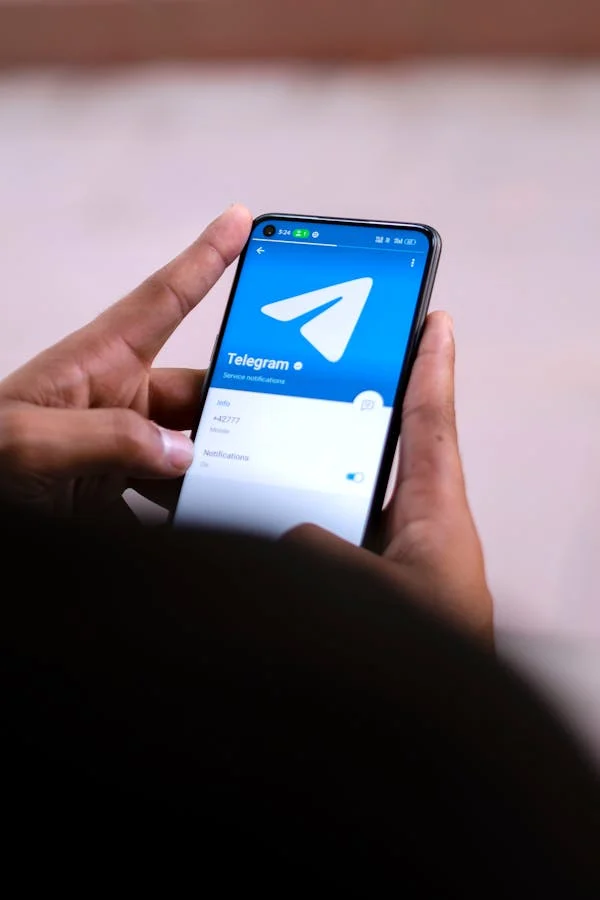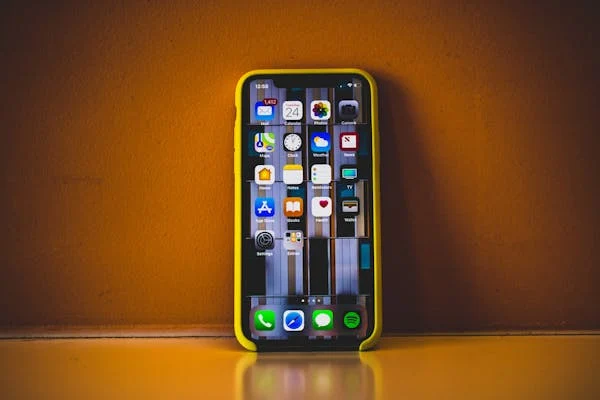Exploring the Future of Augmented Reality on Mobile Devices
Augmented Reality (AR) has evolved from a futuristic concept to a mainstream technology, becoming increasingly integrated into our daily lives. Once associated primarily with video games and entertainment, AR is now finding real-world applications across various industries, especially on mobile devices. With powerful smartphones becoming ubiquitous, the future of AR on mobile devices looks incredibly promising, offering new ways for users to interact with the world around them.
In this blog, we’ll explore the exciting future of augmented reality on mobile devices, how it’s shaping industries, and what advancements we can expect in the coming years.
What Is Augmented Reality?
At its core, Augmented Reality (AR) overlays digital content—such as images, videos, and sounds—onto the real world, allowing users to interact with both simultaneously. Unlike Virtual Reality (VR), which immerses users in a completely digital environment, AR enhances the user’s real-world surroundings with digital elements. This can be experienced through mobile devices such as smartphones and tablets, or through wearables like AR glasses.
Mobile AR leverages the cameras, sensors, and processing power of smartphones to blend digital content with the physical environment. Popular AR apps like Pokémon GO, IKEA Place, and Snapchat filters are prime examples of how AR has already entered the mainstream, providing fun, useful, and engaging experiences for users.
The Current State of AR on Mobile Devices
In 2025, AR technology has become more accessible, sophisticated, and widely used than ever before. Smartphones are equipped with powerful processors, advanced cameras, and specialized sensors like LiDAR, making them ideal platforms for delivering high-quality AR experiences. Mobile AR platforms like Apple’s ARKit and Google’s ARCore have paved the way for developers to create a wide range of AR applications, from gaming and shopping to education and remote work.
Some of the key advancements in mobile AR in recent years include:
- Improved tracking and spatial awareness: Mobile devices now use LiDAR (Light Detection and Ranging) sensors, which help devices map the environment in 3D, enabling more accurate and realistic AR experiences.
- Better processing power: The latest smartphones are equipped with powerful chips that can handle the demanding calculations required for real-time AR rendering.
- Enhanced realism: With better graphics and physics engines, AR apps can now deliver lifelike objects and environments, making digital content feel more integrated into the real world.
While mobile AR has already made its mark, the future holds even more potential as the technology continues to evolve.
1. Transforming Retail and E-Commerce
One of the most promising applications of AR on mobile devices is in the retail and e-commerce sectors. Mobile AR has already begun changing how consumers shop by offering virtual try-ons, 3D product visualization, and immersive shopping experiences.
Imagine browsing an online store and being able to see how a piece of furniture looks in your living room, or how a pair of shoes fits on your feet—all through your smartphone screen. Retailers like IKEA, Sephora, and Nike have already implemented AR to provide customers with these virtual try-on and visualization experiences, but in the future, AR will only become more refined and accessible.
The Future of AR in Retail:
- Personalized shopping experiences: As AR technologies become more advanced, consumers will receive highly personalized shopping experiences, with tailored product recommendations based on their preferences and behaviors.
- Virtual stores: We may see the rise of fully immersive, virtual shopping environments where users can walk through a digital store, interact with products, and make purchases—all from their smartphones.
2. Education and Training: A More Immersive Learning Experience
AR is revolutionizing the way we learn, particularly in fields that require hands-on training or complex visualizations. With mobile devices becoming more powerful, AR-based learning tools can make abstract concepts come to life, offering interactive and immersive educational experiences.
In 2025, mobile AR is expected to play an even larger role in classrooms and professional training environments. Students can explore ancient civilizations through AR experiences, visualize scientific concepts in 3D, or even practice medical procedures in a virtual environment. Similarly, industries like manufacturing, healthcare, and aviation can use AR to train employees in a more practical and engaging way.
The Future of AR in Education:
- Interactive textbooks and content: Imagine textbooks coming to life with interactive 3D models that students can manipulate, explore, and engage with. These interactive elements will make learning more engaging and help students retain information better.
- Remote assistance and collaboration: AR will enable remote learning and collaboration by allowing instructors to virtually guide students through processes, offering hands-on experiences even from afar.
3. Revolutionizing Navigation and Location-Based Services
Mobile AR is set to transform the way we navigate the world around us. Today, apps like Google Maps and Apple Maps provide turn-by-turn directions, but AR will take this a step further by integrating real-time environmental data and digital elements into the physical world.
In the future, your smartphone or AR glasses could overlay directional arrows on the street, showing you exactly where to go in real-time. This can be particularly helpful in unfamiliar places, airports, or large cities where navigation can be challenging. Moreover, businesses could use location-based AR to offer targeted promotions or information as users pass by their stores.
The Future of AR in Navigation:
- AR-assisted walking directions: Instead of just looking at a map on your phone, AR could provide step-by-step, real-time visual directions overlaid directly on the street or environment in front of you.
- Enhanced tourism experiences: Tourists can use AR to receive immersive, interactive information about landmarks, historical sites, or museums, enriching their travel experience.
4. Enhanced Social Media and Entertainment
AR is already a staple in the world of social media, with platforms like Snapchat, Instagram, and TikTok offering users filters and special effects. However, in 2025, we can expect AR to be more deeply integrated into social media, allowing users to create richer and more immersive content.
For instance, AR could allow users to interact with their environment in new ways by adding digital elements that react to physical surroundings. Social media platforms may incorporate AR to offer interactive, real-time experiences—turning static photos into 3D landscapes or enabling shared virtual spaces where users can interact in real-time.
The Future of AR in Entertainment:
- Interactive storytelling: Media companies could use AR to create interactive films or experiences where viewers can alter the storyline or influence the environment in real-time.
- Gaming integration: Games will continue to blur the lines between the physical and digital worlds. With mobile AR, you could play games in the real world, where digital characters and objects interact with your environment in novel ways.
5. Health and Wellness
The healthcare industry is also set to benefit from mobile AR. In the future, AR can assist with diagnostics, surgery, and rehabilitation. Doctors can use AR to overlay patient data onto their physical bodies, offering real-time insights during procedures. Patients can use AR apps to guide them through exercises or rehabilitation, providing visual feedback and motivation.
The Future of AR in Health:
- Remote healthcare: Mobile AR will play a significant role in telemedicine, enabling doctors to offer real-time remote consultations, giving them the ability to visualize symptoms and provide accurate diagnoses from afar.
- Enhanced fitness apps: Fitness apps could use AR to give users real-time feedback on their posture, movements, and techniques during workouts, making it easier to achieve better results.
Conclusion: The Limitless Potential of Mobile AR
The future of augmented reality on mobile devices is incredibly exciting, with technology advancing at an unprecedented rate. As smartphones become more capable and the technology behind AR continues to improve, we can expect AR to become an integral part of our daily lives—transforming industries from retail and education to healthcare and entertainment.







